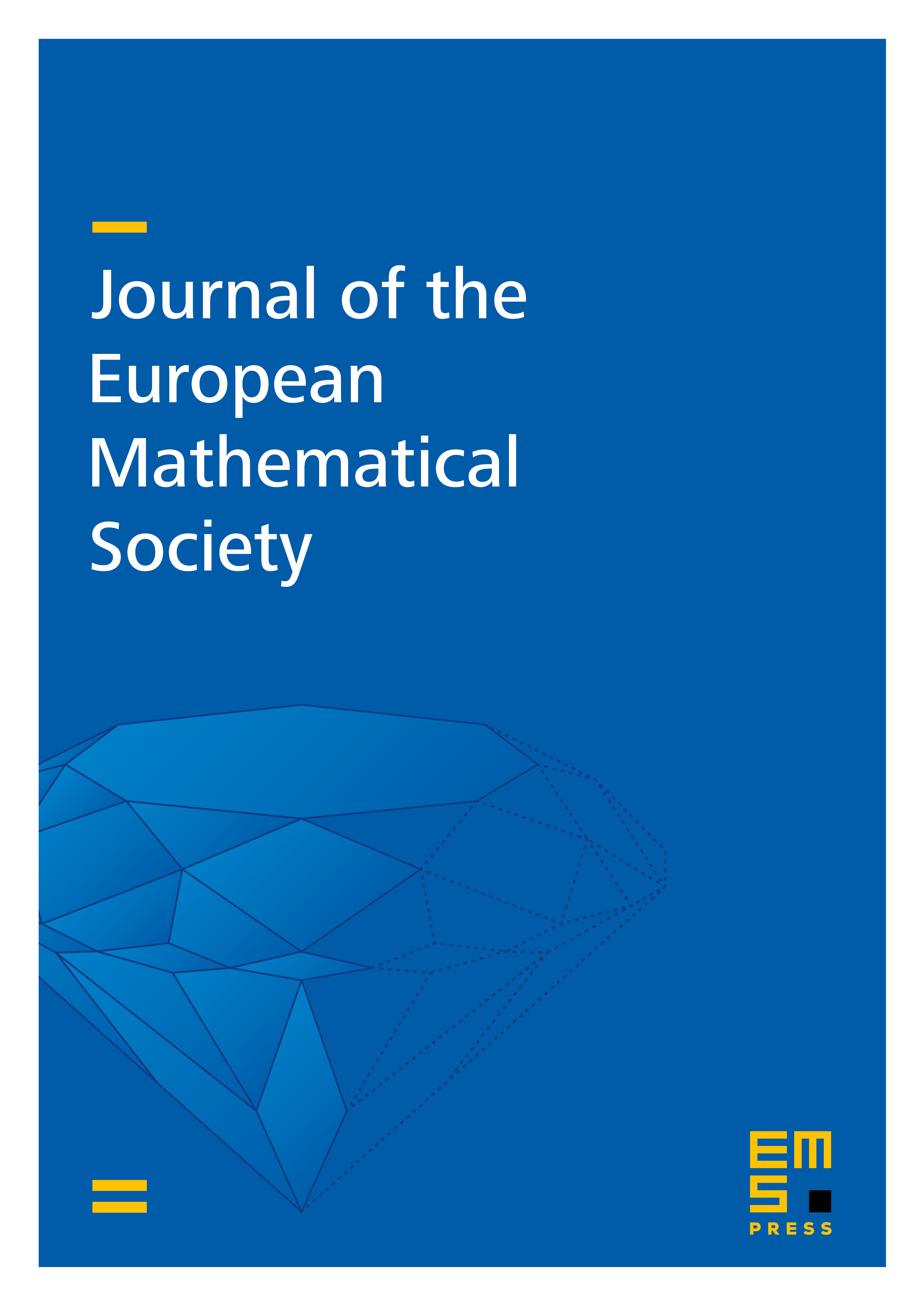The Calabi metric and desingularization of Einstein orbifolds
Peyman Morteza
University of Wisconsin, Madison, USAJeff A. Viaclovsky
University of California, Irvine, USA

Abstract
Consider an Einstein orbifold of real dimension having a singularity with orbifold group the cyclic group of order n in SU which is generated by an nth root of unity times the identity. Existence of a Ricci-flat Kähler ALE metric with this group at infinity was shown by Calabi. There is a natural “approximate” Einstein metric on the desingularization of M0 obtained by replacing a small neighborhood of the singular point of the orbifold with a scaled and truncated Calabi metric. In this paper, we identify the first obstruction to perturbing this approximate Einstein metric to an actual Einstein metric. If is compact, we can use this to produce examples of Einstein orbifolds which do not admit any Einstein metric in a neighborhood of the natural approximate Einstein metric on the desingularization. In the case that is asymptotically hyperbolic Einstein and non-degenerate, we show that if the first obstruction vanishes, then there does in fact exist an asymptotically hyperbolic Einstein metric on the desingularization. We also obtain a non-existence result in the asymptotically hyperbolic Einstein case, provided that the obstruction does not vanish. This work extends a construction of Biquard in the case , in which case the Calabi metric is also known as the Eguchi–Hanson metric, but there are some key points for which the higher-dimensional case differs.
Cite this article
Peyman Morteza, Jeff A. Viaclovsky, The Calabi metric and desingularization of Einstein orbifolds. J. Eur. Math. Soc. 22 (2020), no. 4, pp. 1201–1245
DOI 10.4171/JEMS/943